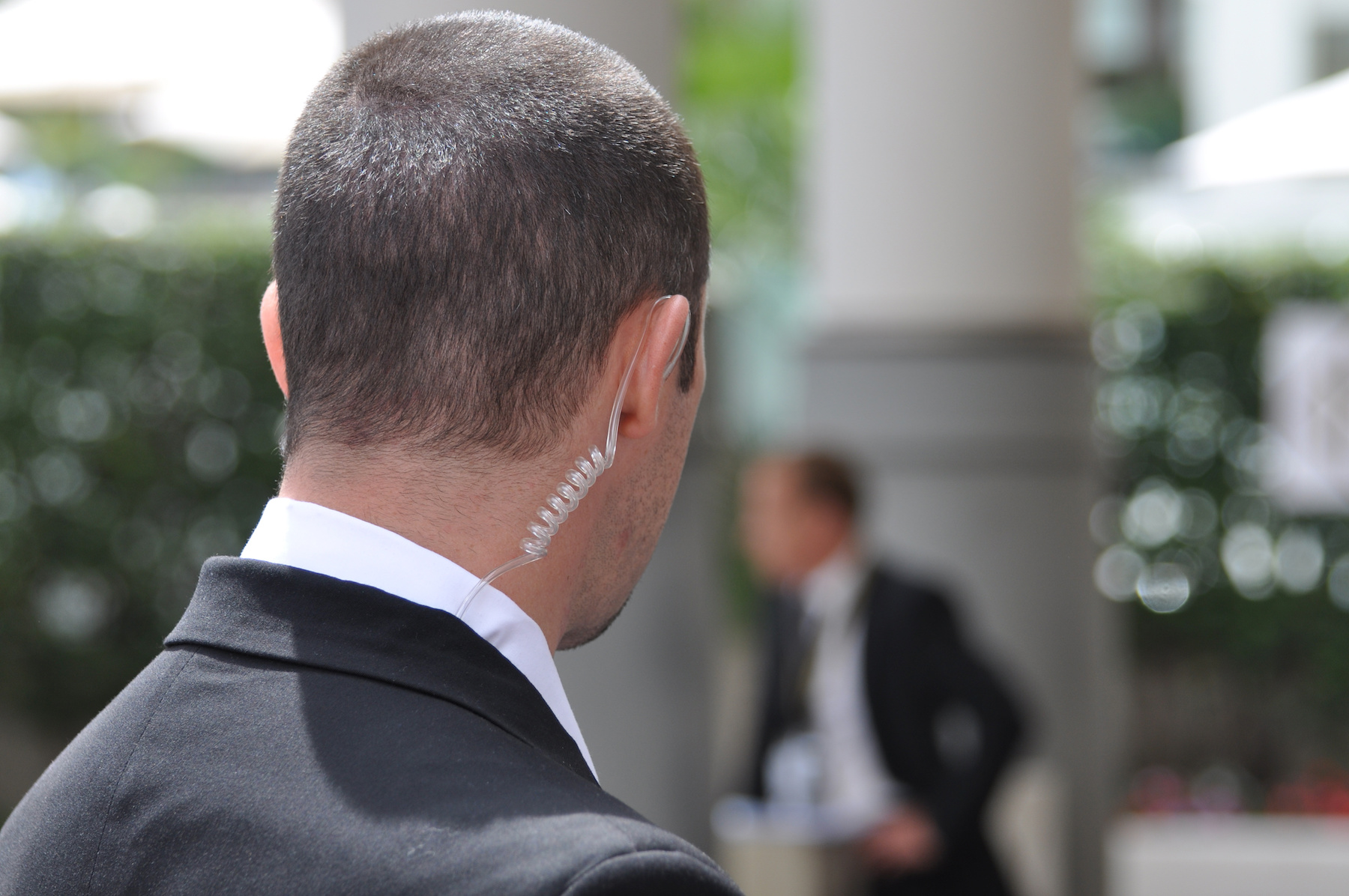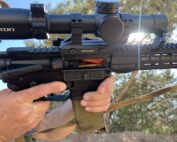
bodyguards
Why reinvent the wheel when formal training in elite protective services began even before the introduction of the praetorian guard into the Roman Empire? The principles of protection are the same today as during the 2nd century, to prevent your protectee from harm by way of injury or death and embarrassment or defamation. The more important of these is the injury prevention and lifesaving part.
In the world of protective services, where trained professionals are hired by an agency (public sector) or assigned to a protectee (private sector), there is a specific hierarchy to the principles of protection which include avoidance, mitigation, and defense. The “A” answer to keeping your protectee(s) out of harm’s way is to avoid a threat altogether.
Proactive Measures
Avoidance is a full-time job for a protective services agent. Applying proactive measures is the best-known method of avoiding an emerging or active threat. Proactive measures can be anything from applying your situational awareness (being mentally connected to your immediate environment) and following a set of standard operating procedures or policies (if working for an agency). They use a critical incident management plan, an emergency action plan, or a well-thought-out operational contingency plan.
Protection professionals (the pros) are trained in various skill sets. Soft skills which include non-physical techniques like observing nonverbal cues and surveillance detection. And hard skills like defensive driving, firearms, and defensive tactics. An armed agent is usually required to pass a stringent firearms qualification.
Even though firearms proficiency is vital to their job responsibilities, the pros consider guns akin to the lifeboats on the titanic or a spare tire in a car. They adhere to the traditional adage, “If you need to reach for the lifeboats you failed.” Although highly trained in a wide variety of hard skills, the pros view hard skills as a last resort, like reaching for that spare tire in the trunk of a car or for the lifeboats on the Titanic.
Preventive Measures
Should you need to know how to use the lifeboats if needed? Yes. However, should the lifeboats be your first course of action? No. How about staying on the lookout for icebergs and avoiding the threat altogether? Or if you see an iceberg, steer around it?
If you failed to look for an iceberg, you failed to see the iceberg, and you failed to steer around the iceberg, and because of these multiple failures, you crashed into the iceberg, then should you reach for the lifeboats? Yes. These actions are proactive measures and, as such, are reliable preventive measures.
In the world of protective services, there are six reasons why professionals consider proactive measures to be paramount.
First and foremost, proactive measures help you prevent a threat instead of reacting to a threat.
Second is that proactive measures are employed most of the time versus relying on your hard skills for survival an infinitesimally smaller percentage of the time. The better your soft skills, the greater your chances of solving the tactical problem and staying ahead of the action-reaction power curve.
Third is that proactive measures are a preferable and justifiable use-of-force alternative.
Fourth is that all proactive measures are soft skills, which are non-physical and incur no bodily injury. Reactive measures, however, are hard skills requiring physicality, with the potential for severe bodily injury or worse. You are always at the lowest Scale of Injury, provided you effectively apply your soft skills.
The fifth is that in the world of threat avoidance and mitigation, either you control the threat, or the threat will control you. Proactive measures provide you the opportunity to either keep or take the initiative.
Lastly, sixth is that proactive measures work in war zones and denied areas of operation internationally. When appropriately applied, they work anywhere and anytime at home, at work, when you are with friends and family, or traveling.
Proactive versus Reactive
The bottom line is that when proactive measures have failed, they were either not applied or misapplied. Either way, the cascading series of undesired events caused by a failure in proactive measures forces a protective agent into initiating reactive measures using your hard skills – reaching for the lifeboats.
Failed proactive measures have additionally placed you well behind the action-reaction power curve and down a notch on the paramount protection principles of avoidance, mitigation, and defense against an active threat utilizing reasonable and appropriate use of force options on the fly not part of any established plan.
When relegated to hard skills, you increase the potential for injury of your protectee. You have additionally placed yourself at a disadvantage by being forced into the tactical disadvantage of doing two things at once – controlling the fight and controlling your protectee.
You are the protective agent of your family by default, regardless of if you are armed or unarmed; applying proactive measures is paramount. Your highest priority is safeguarding your protectee(s), which means avoidance – step one of the protection principles.














